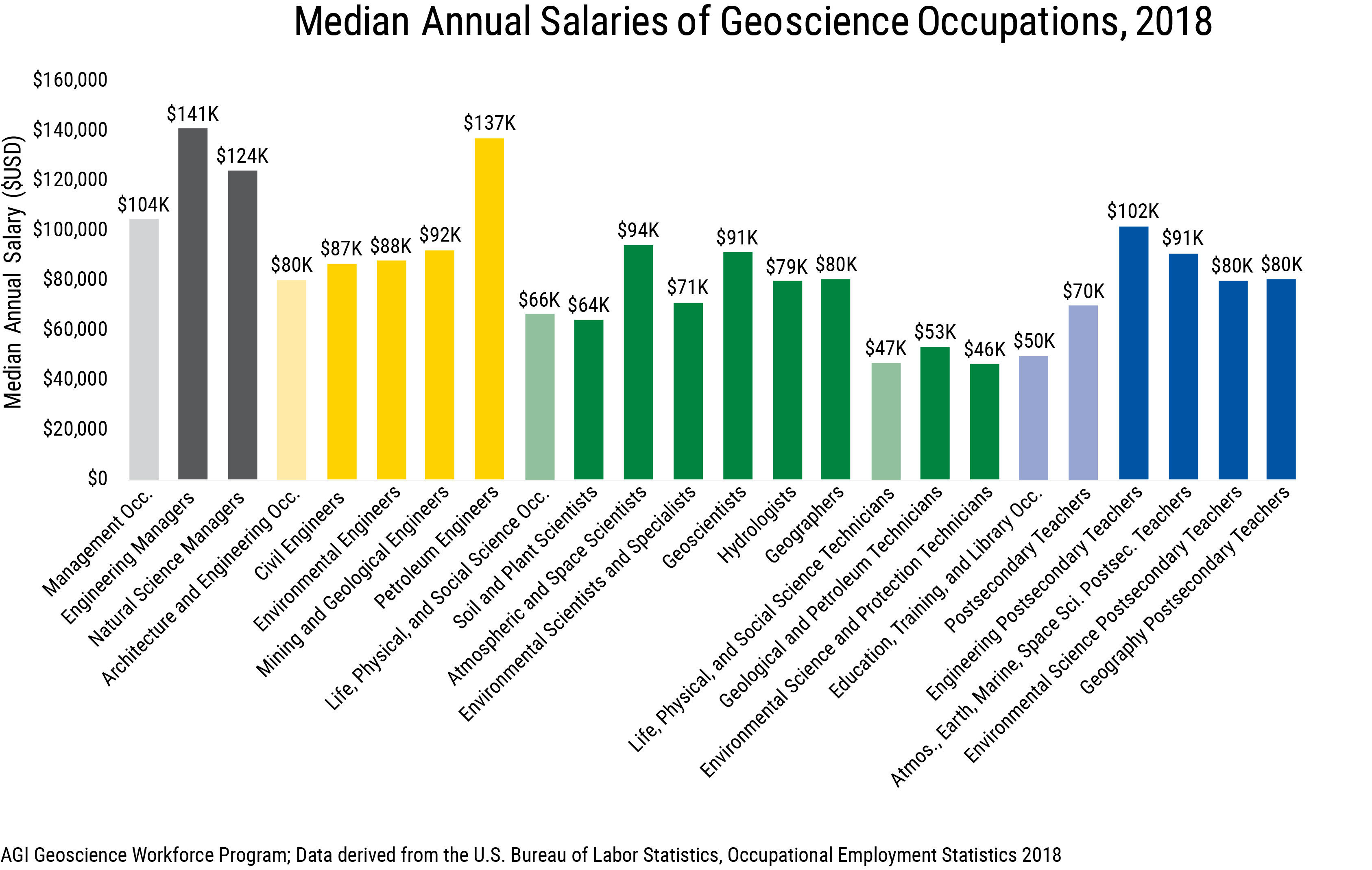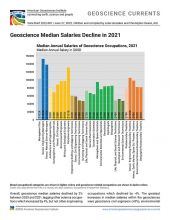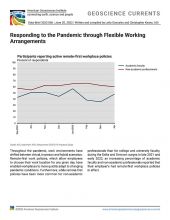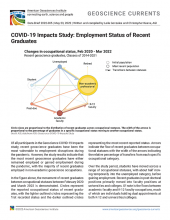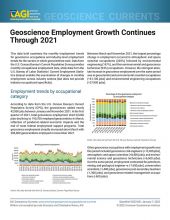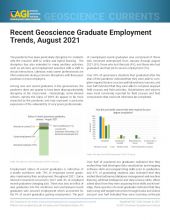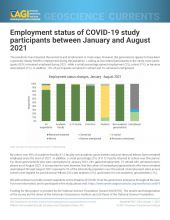Salaries increase by 2% between 2017 and 2018
As a whole, geoscience-related median salaries increased by 2% between 2017 and 2018, on par with other major science and engineering occupational categories. The geoscience occupations with the largest increases between 2017 and 2018 include Environmental Science Postsecondary Teachers (5%), Natural Science Managers (4%), Petroleum Engineers (4%), Geographers (4%), and Atmospheric, Earth, Marine, and Space Science Postsecondary Teachers (4%). Geoscience occupations that had decreases in median salaries include Mining and Geological Engineers (-2%), Geological and Petroleum Technicians (-2%), and Hydrologists (-1%).
The majority of geoscience-related occupations have higher median salaries than salaries for related broad occupational categories (highlighted in lighter shades in the chart below), reinforcing that geoscience careers continue to be lucrative career paths within the U.S. The two geoscience-related careers that do not have salaries higher than related broad occupational categories are soil and plant scientists and environmental science and protection technicians; however, both occupations have similar (-$2K, and -$1K) median salaries to the broader occupational categories.
Median Annual Salaries of Geoscience Occupations, 2018
American Geosciences Institute, Workforce Program; Data derived from the U.S. Bureau of Labor Statistics, Occupational Employment Statistics, 2018.



